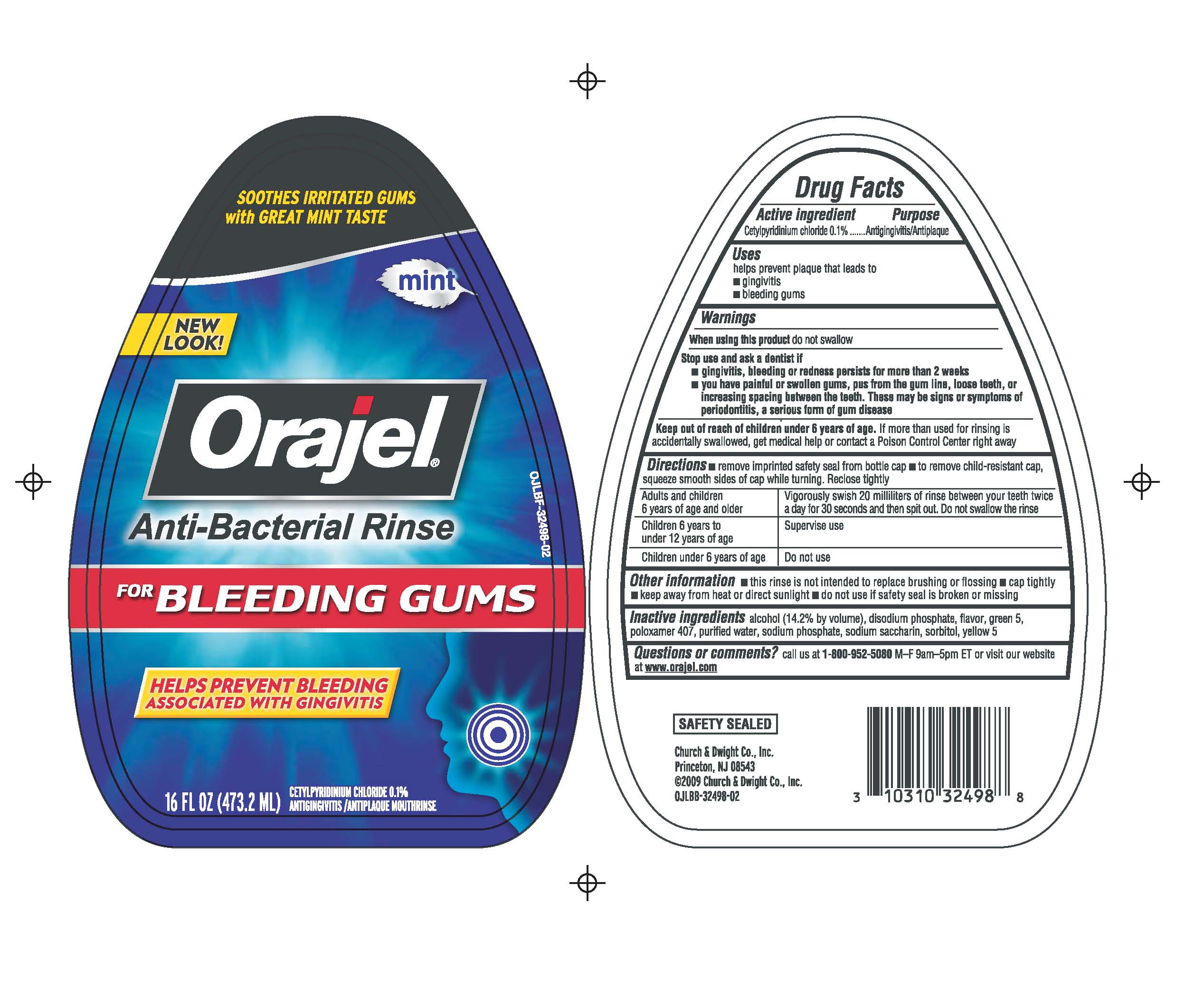Oral Rinse For Bleeding Gums

Bleeding gums can be a troubling symptom, often indicative of an underlying issue such as gingivitis or periodontitis. The use of an oral rinse can be a valuable adjunct to regular brushing and flossing for managing bleeding gums, as it can help reduce plaque, kill bacteria, and soothe the gums. When selecting an oral rinse for bleeding gums, it’s essential to consider the active ingredients, their effectiveness, and potential side effects.
Understanding Bleeding Gums
Before diving into the specifics of oral rinses, it’s crucial to understand the causes of bleeding gums. Gingivitis, a mild form of gum disease, is the most common cause. It’s characterized by inflammation of the gums (gingiva) due to the accumulation of plaque, a sticky film of bacteria, on the teeth. If left untreated, gingivitis can progress to periodontitis, a more severe form of gum disease that affects not only the gums but also the bone and tissue supporting the teeth.
Active Ingredients in Oral Rinses
Oral rinses for bleeding gums typically contain ingredients that are antibacterial, anti-inflammatory, or both. Some common active ingredients include:
- Chlorhexidine: A potent antibacterial agent effective against a wide range of bacteria. It is often prescribed for gum disease but can also stain teeth and alter taste.
- Essential Oils (e.g., Eucalyptol, Menthol, Thymol): Found in mouthwashes like Listerine, these oils have antibacterial properties and can help reduce gum inflammation.
- Hydrogen Peroxide: Acts as an antibacterial agent and can help reduce plaque and gum inflammation. However, high concentrations can be harsh on the gums and teeth.
- Aloe Vera: Known for its anti-inflammatory properties, aloe vera can help soothe and calm inflamed gums.
Choosing the Right Oral Rinse
When choosing an oral rinse for bleeding gums, consider the following:
- Look for the ADA Seal: The American Dental Association (ADA) Seal of Acceptance indicates that the product has met certain standards for safety and effectiveness.
- Consider Your Needs: If you have sensitive teeth or gums, look for a rinse that is gentle and specifically formulated for sensitivity.
- Follow Instructions: Always follow the manufacturer’s instructions for use. Some rinses are meant to be swished around the mouth for a certain period before spitting out, while others can be used as a pre-rinse before brushing.
Benefits and Limitations
Oral rinses can be a valuable addition to your oral hygiene routine, offering several benefits:
- Easy to Use: Oral rinses are generally easy to incorporate into your daily routine, requiring only a minute or two of your time.
- Additional Protection: They can provide an additional layer of protection against plaque and bacteria, especially in areas that are hard to reach with a toothbrush.
- Immediate Relief: Some oral rinses can provide immediate relief from gum inflammation and bleeding.
However, there are limitations to consider:
- Not a Replacement for Brushing and Flossing: Oral rinses should be used in conjunction with, not in place of, regular brushing and flossing.
- Potential for Overuse: Overusing an oral rinse, especially those containing harsh ingredients, can lead to side effects like tooth sensitivity or gum irritation.
Practical Application Guide
To get the most out of an oral rinse for bleeding gums:
- Brush and Floss First: Start by brushing and flossing your teeth to remove any loose food particles and plaque.
- Measure the Right Amount: Use the cap or a measuring cup to ensure you’re using the recommended amount of rinse.
- Swish Correctly: Swish the rinse around your mouth, making sure to reach all areas, including the back of your mouth and under your tongue.
- Follow the Time: Swish for the recommended time, usually 30 seconds to 1 minute.
- Spit, Don’t Swallow: Spit out the rinse. Do not swallow it, especially if it contains ingredients like chlorhexidine.
Future Trends and Emerging Research
Current research is exploring the potential of natural and herbal extracts in oral care products. Ingredients like tea tree oil, due to its antimicrobial properties, and cranberry extract, which may help prevent bacteria from adhering to teeth, are being studied for their effectiveness against gum disease. Additionally, there’s a growing interest in personalized oral care, where products are tailored to an individual’s specific oral health needs based on genetic, dietary, and lifestyle factors.
Conclusion
Oral rinses can be a valuable tool in managing bleeding gums when used as part of a comprehensive oral hygiene routine. By understanding the active ingredients, benefits, and limitations of these products, individuals can make informed decisions about their oral health. Always consult with a dental professional for personalized advice on managing bleeding gums and preventing further complications.
FAQ Section
What are the most common causes of bleeding gums?
+Gingivitis, a mild form of gum disease caused by poor oral hygiene, is the most common cause of bleeding gums. Other factors such as hormonal changes, certain medications, and nutritional deficiencies can also contribute.
Can oral rinses completely stop gum bleeding?
+While oral rinses can help reduce gum inflammation and bleeding, they may not completely eliminate the problem on their own. Professional dental cleanings, good oral hygiene practices, and, in some cases, treatment from a periodontist may be necessary.
Are natural oral rinses as effective as those with chemical ingredients?
+Natural oral rinses can be effective, especially for individuals with sensitive teeth and gums or those preferring to avoid chemicals. However, their effectiveness can vary based on the active ingredients and individual oral health conditions. Always look for clinical evidence or professional recommendations.
Can children use oral rinses for bleeding gums?
+Children can use oral rinses under adult supervision, but it’s crucial to choose a rinse that is suitable for their age and oral health needs. Fluoride rinses, for example, can help strengthen teeth and prevent decay but should be used as directed to avoid excessive fluoride consumption.
